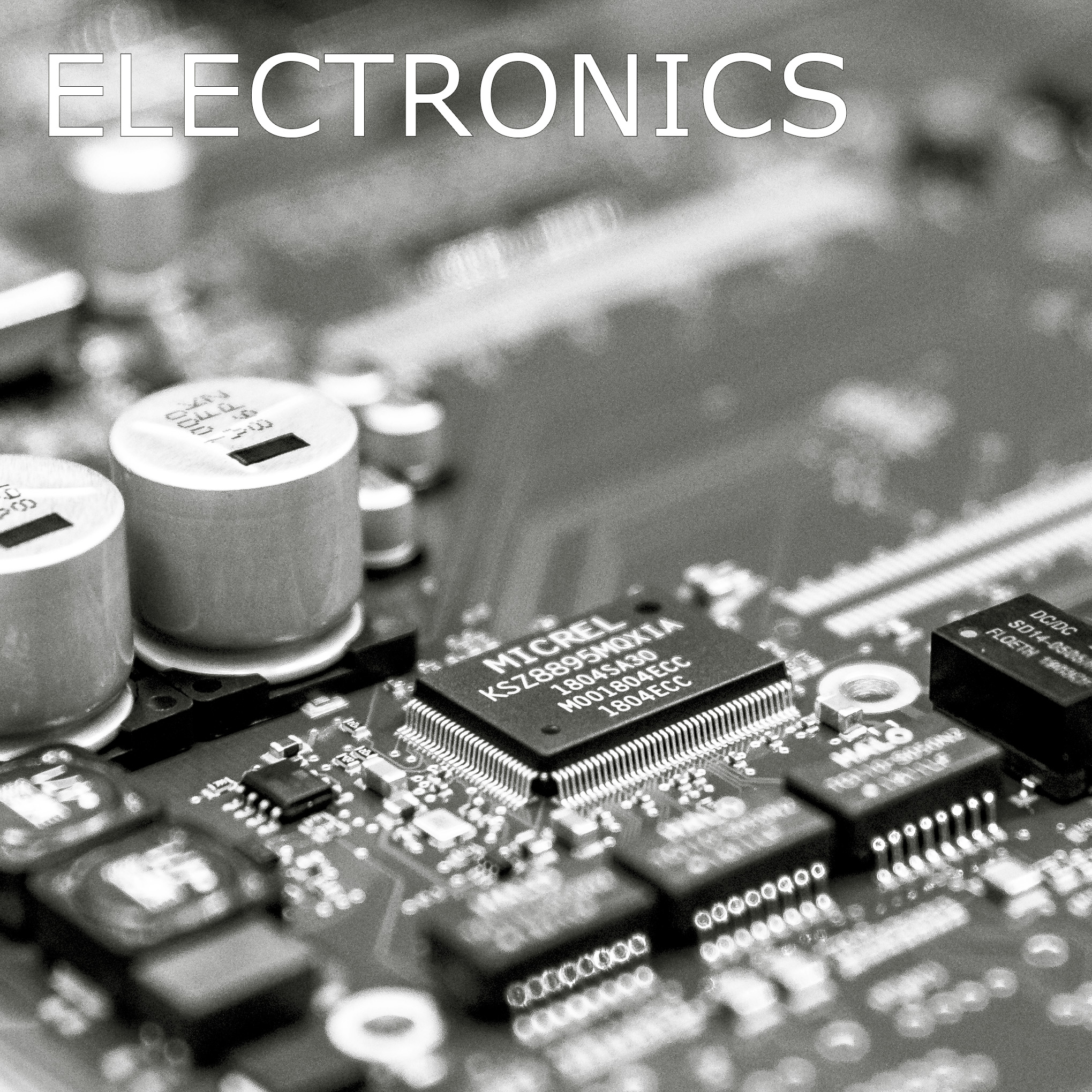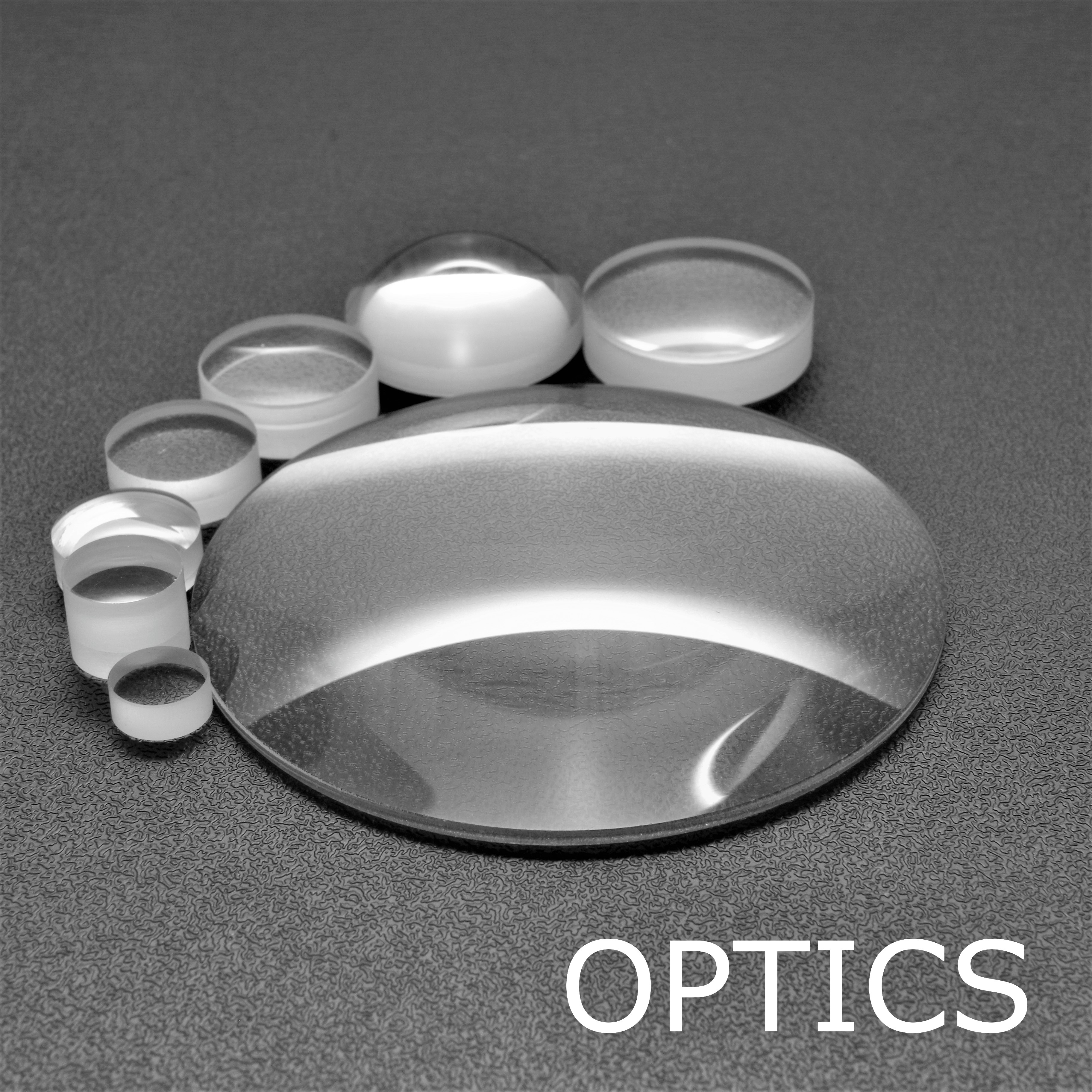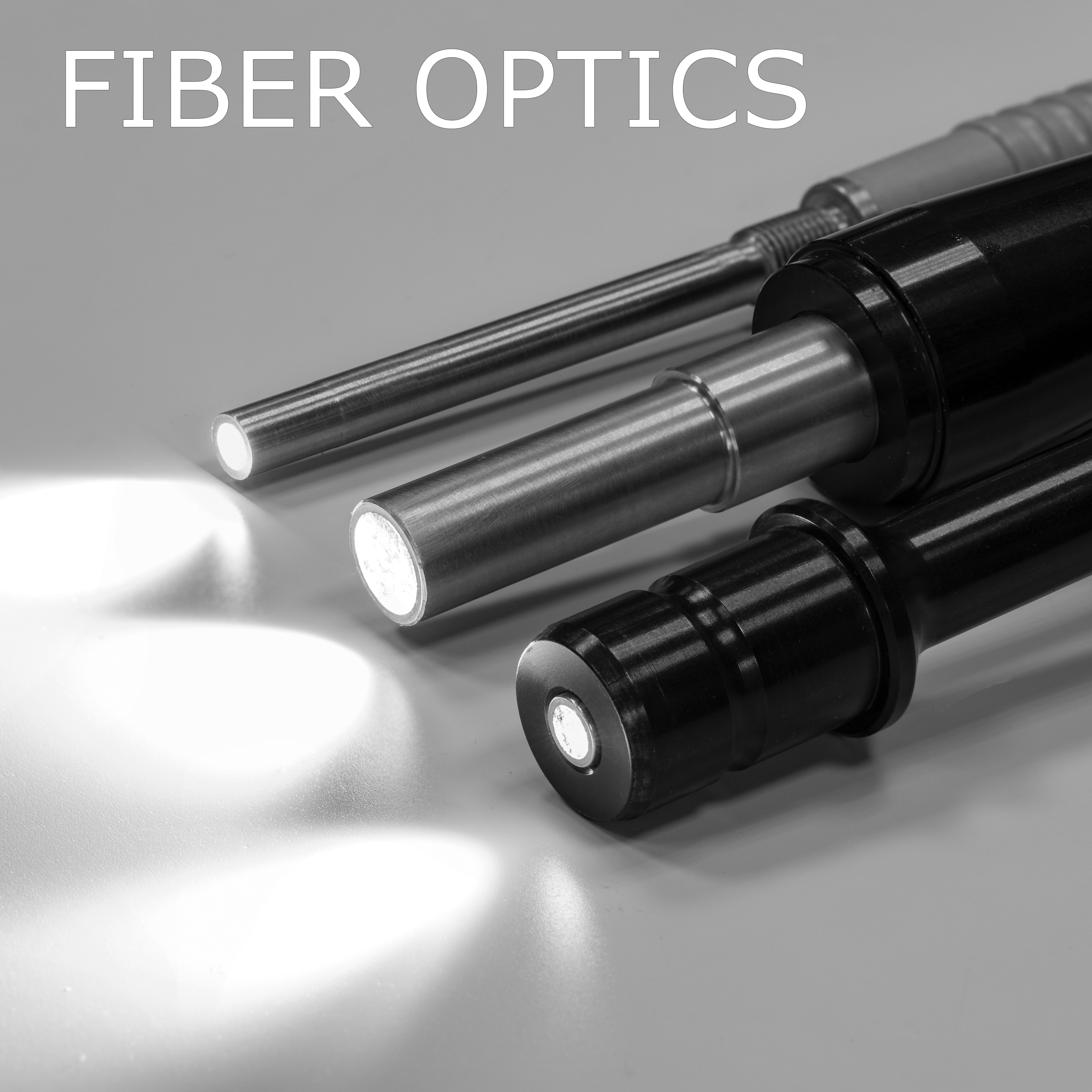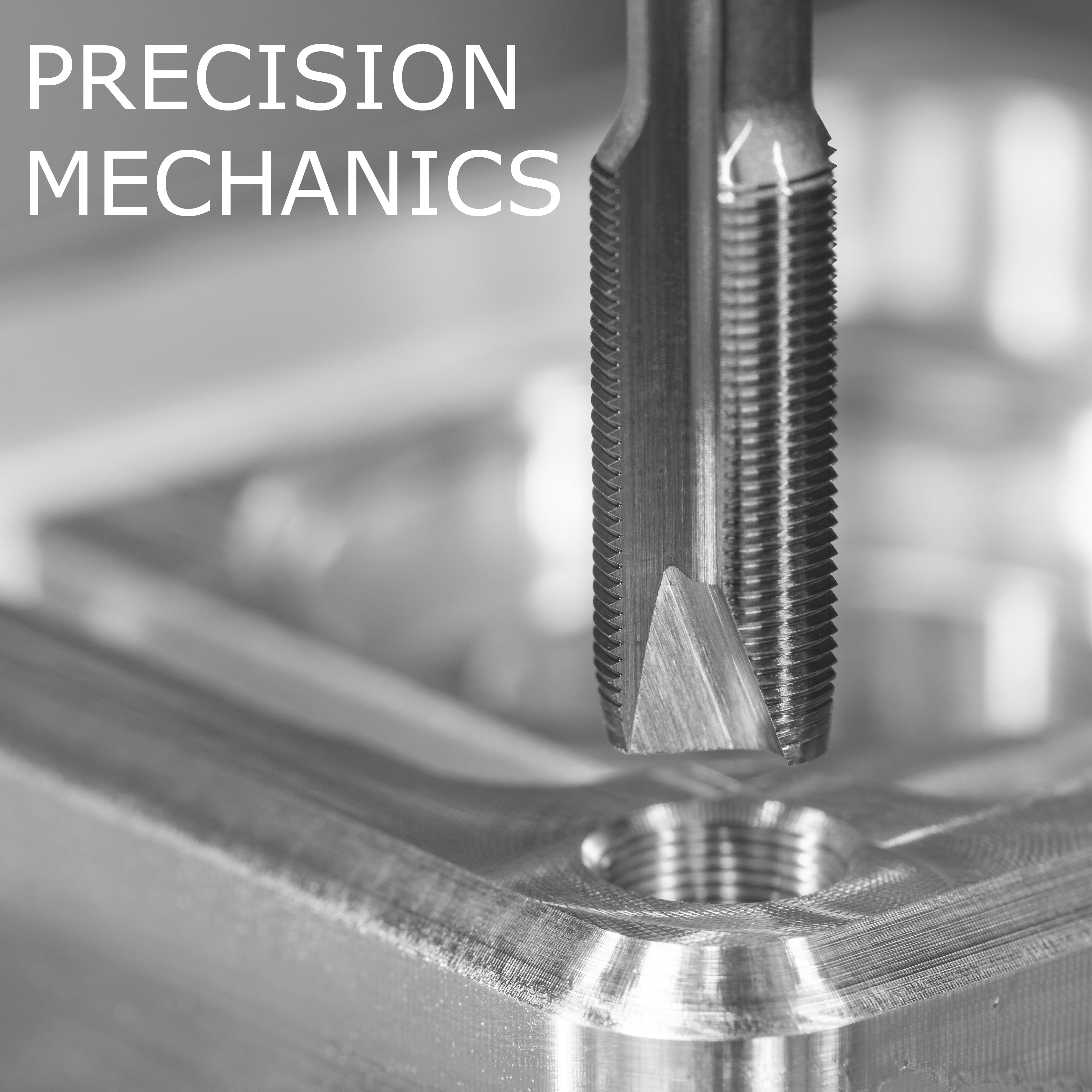Conservation
“The Emperor’s Last Clothes” – Hund microscopes in the KUR project
In the framework of the “KUR programme for the conservation and restauration of mobile cultural assets”, the Historical Museum of the Palatinate carried out a research project comprising the documentation and examination of textiles and other organic artefacts found in the imperial tombs in the nearby Speyer Cathedral. Another goal of the project was the documentation of the preservation status of the artifacts after a 100-year restauration history.
The final report, edited by Sabine Kaufmann M. A., summarizes the work of Dr. des. Heidi Blöcher, Brigitte Dreyspring, Melanie Herget M. A., Dipl.-Rest. Ina Meißner, and Dipl.-Rest. Betty Sacher. For the investigation of the very delicate tissues, highly sensitive X-ray methods were employed, but also light microscopy. While stereo microscopes with their usually low total magnifications provide an overview of the structure and colour of every tissue, finer details become visible with upright laboratory microscopes. Additional contrasting techniques in transmitted and incident light, for example polarisation microscopy, facilitated the assessment of specific material properties (Fig. 1).
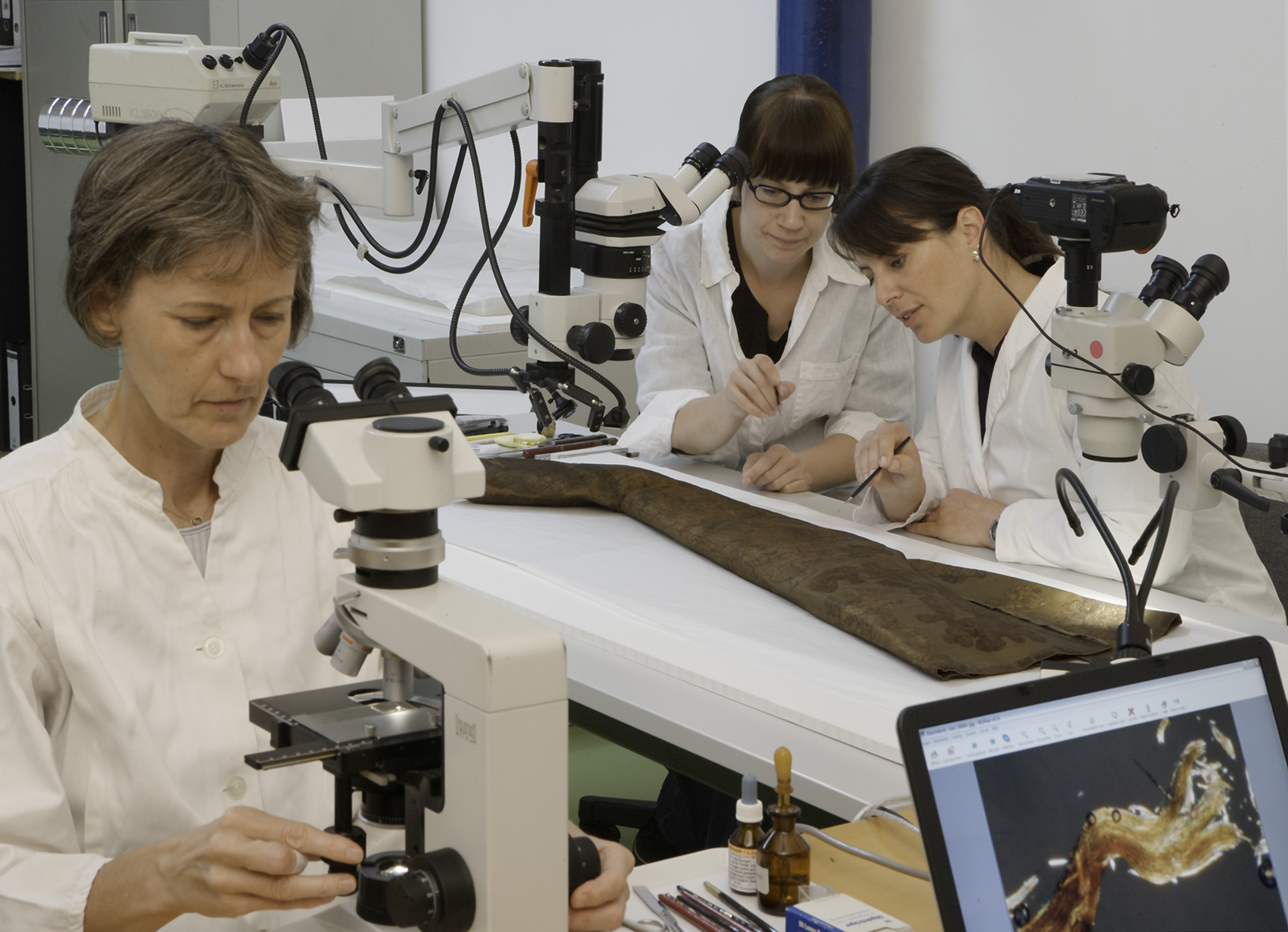
Fig. 1: Conservators Brigitte Dreyspring, Betty Sacher and Sigrun Thiel (left to right) during the examination of the stockings of Salian emperor Heinrich III. Tissue examinations were carried out with a Hund stereo microscope with boom stand and fibre light source (right) and with a laboratory microscope H 600 with polarisation unit HP I (left). Both microscopes were provided by Brigitte Dreyspring for the project. Photo courtesy: Peter Haag-Kirchner/Historical Museum of the Palatinate Speyer.
The stockings of Heinrich III. (1017 – 1056) were first restored in 1905 and 1960. This piece of clothing was in wide use with men in the Middle Ages and is made of dyed silk tissue. It was found in single fragments but could be restored to its original appearance. Figure 2 shows a microscopic detail of the silk tissue covered with gauze.
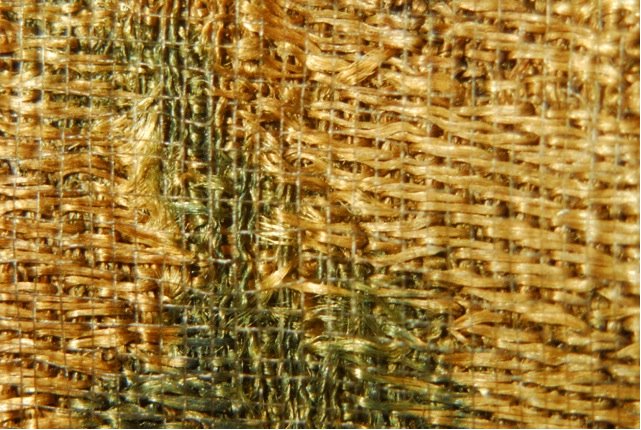
Fig. 2: Incident-light microscopic image of the stockings of Heinrich III. Photo courtesy: Brigitte Dreyspring, Wiesbaden.
The results of the KUR project were on display in the Historical Museum of the Palatinate Speyer until summer 2015 (www.museum-speyer.de). We thank Sabine Kaufmann, head of the collections of the high and late Middle Ages and the Speyer Cathedral treasury, and Brigitte Dreyspring, a self-employed conservator who had also contributed to the KUR project, for providing us with images and further information on the project.
Instruments
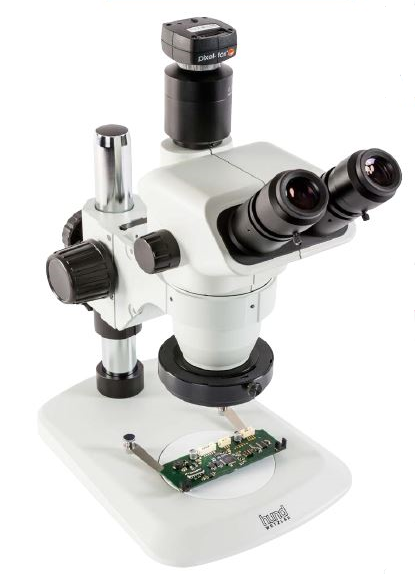
Wiloskop ST-PF
- Contrasting technique: brightfield (incident light)
- Eyepieces: WF10x/22
- Optical system: trinocular, with C-Mount adapter 0,5x
- Objective magnification: 0,67x-4,5x
- Incident light: LED ring light
- Microscope stand: with focusing arm and black-white insertion plate
- Measuring system: pixel-fox (dhs Solution GmbH)
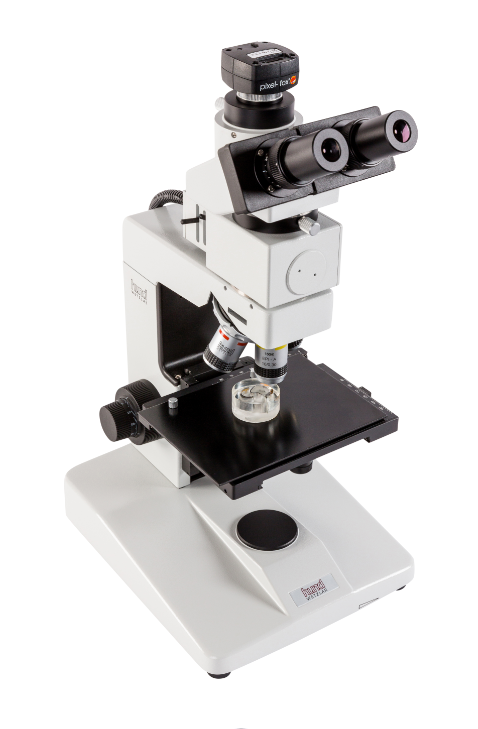
H 600 AM AL/DL 50
- Contrasting technique: brightfield (incident/transmitted light)
- Eyepieces: WF10x/20
- Observation tube: binocular
- Objectives: EPI 4:1, EPI 10:1, EPI 20:1, EPI 40:1
- Condenser: NA0,9 (transmitted light)
- Illumination: halogen lamp, 30 W (transmitted light)
- Incident light: Illuminator with 150 W fibre light source
- Microscope stage: lowerable

H 600 AM PF
- Contrasting technique: brightfield, (incident light)
- Eyepieces: WF10x/18
- Observation tube: trinocular, with C-Mount adapter 0,5x
- Objectives: EPI 4:1, EPI 10:1, EPI 20:1, EPI 40:1
- Incident light: Illuminator with 150 W fibre light source
- Microscope stage: lowerable
- Measuring system: pixel-fox (dhs Solution GmbH)
Further reading:
- Kaufmann, S., (2012), Mobiles Kulturgut der Kaiser- und Königsgräber im Dom zu Speyer, Abschlussbericht Projektnummer PSR.0032. Hrsg.: Historisches Museum der Pfalz, Speyer. Download: https://www.hornemann-institut.de/german/epubl_projekte122.php#download
- Historisches Museum der Pfalz (Hrsg.): Des Kaisers letzte Kleider, Begleitbuch zur Sonderausstellung. Verlag Edition Minerva, Neu-Isenburg 2011.

